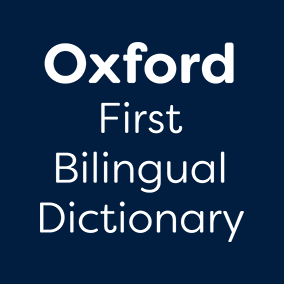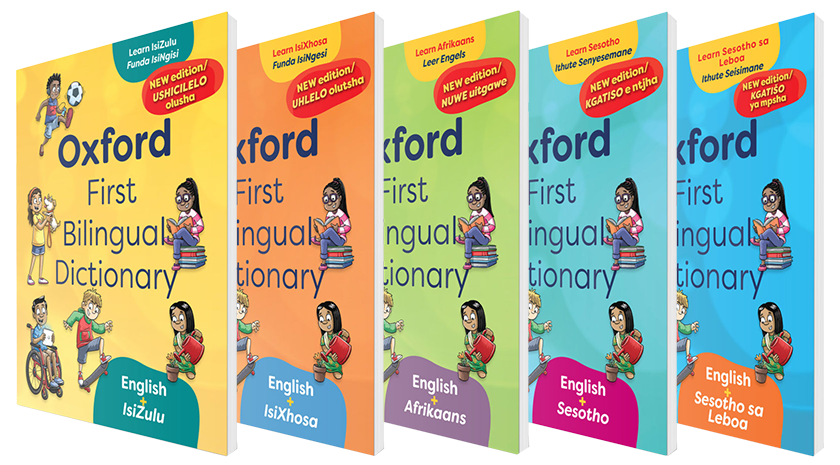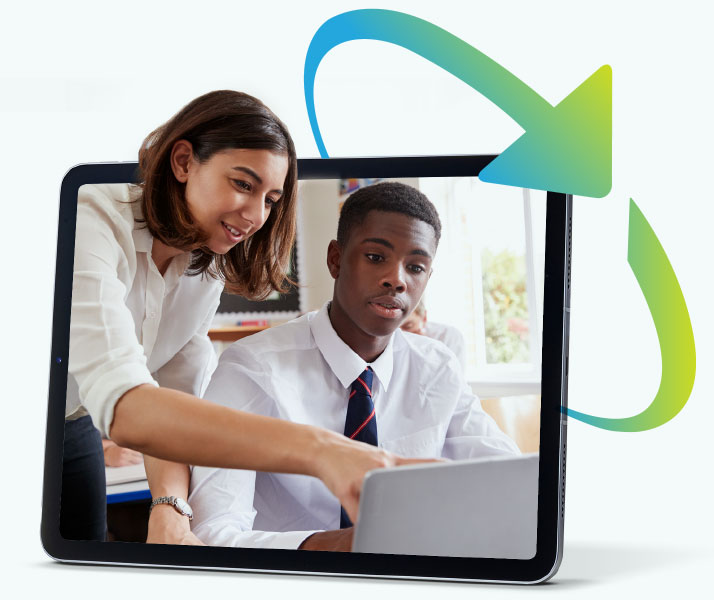Oxford University Press brought together maths education experts from around the world for a series of online expert panels and webinars to consider how we can equip maths learners for the future. This is one in a series of adapted blog posts that highlight the key points to help you empower today’s learners to embark on a lifelong adventure with maths through resilience, connection, curiosity, and creativity.
In this blog we summarise Dr Helen J Williams’ webinar on how to build solid foundations for maths.
Key features influencing children’s achievement later on
Number and quantity
Making the link between numerals and quantity is key for young children’s understanding. Teachers need to consider how to produce those links, offering children plenty of opportunities to see number symbols linked to quantity: from score boards, numeral dice, and number cards, to daily routines, like sharing out food at snacktime, or tidy-up labels where they can check the quantity of things matches the numeral.
Shape and space
Spatial reasoning is how we understand how things (and ourselves) move and interact in relation to the physical space around them. There’s an increasing body of research that indicates that early spatial reasoning predicts later mathematical achievement, as well as directly impacting children’s ability in number (Cheng and Mix, 2014). The development of spatial reasoning, helping children to understand relationships, to visualise spatial representations and to start using mathematical language can be supported by:
- Jigsaw play
- Combining and positioning shapes
- Construction, rotation, using barriers
- Mapping – using maps and following instructions
- Memory games

What are the links to number?
A lot of the work done on number with young children is based on a spatial, visual element. The ability to visualise arrangements is powerful and directly corresponds to rearranging, combining, breaking up and putting together amounts in number. Spatial experiences provide memorable visual patterns, and physical experiences, such as rearranging manipulatives help children construct and connect images (Gifford 2020).

How can you develop young children’s mathematical thinking?
Research tells us that these are the things that really matter:
Early number sense
Build early number sense without rushing to the abstract. Set solid foundations with manipulatives and many different images.
Spatial reasoning
Support number understanding and help children develop the visualisation and interpretation they are going to need later on.
Mathematical conversation
Historically, mathematics learning has focused on getting an answer, and then moving on. Instead, we need to try to sustain collaborative and cumulative conversations to push children’s thinking forward, inviting them to elaborate. If you listen to what children are telling you and ask them to clarify it, you can get a better understanding of their mathematical thinking.
Sustained shared thinking
Teachers need to establish and create opportunities for rich interactions that involve sustained shared thinking between children and adults, and between children, working together to solve problems, giving learners thinking time to develop ideas (Sylva et al, 2004).
Self-directed play
Teacher-directed activity needs to be balanced with self-directed play, inside and outside of the classroom. Self-directed play and exploration gives children time to make sense of what they are being taught and helps teachers to assess where they are and what they understand.
Subject knowledge
Underpinning everything is pedagogical subject knowledge: knowing the necessary background in child development to make choices, anticipate outcomes, and make changes.




